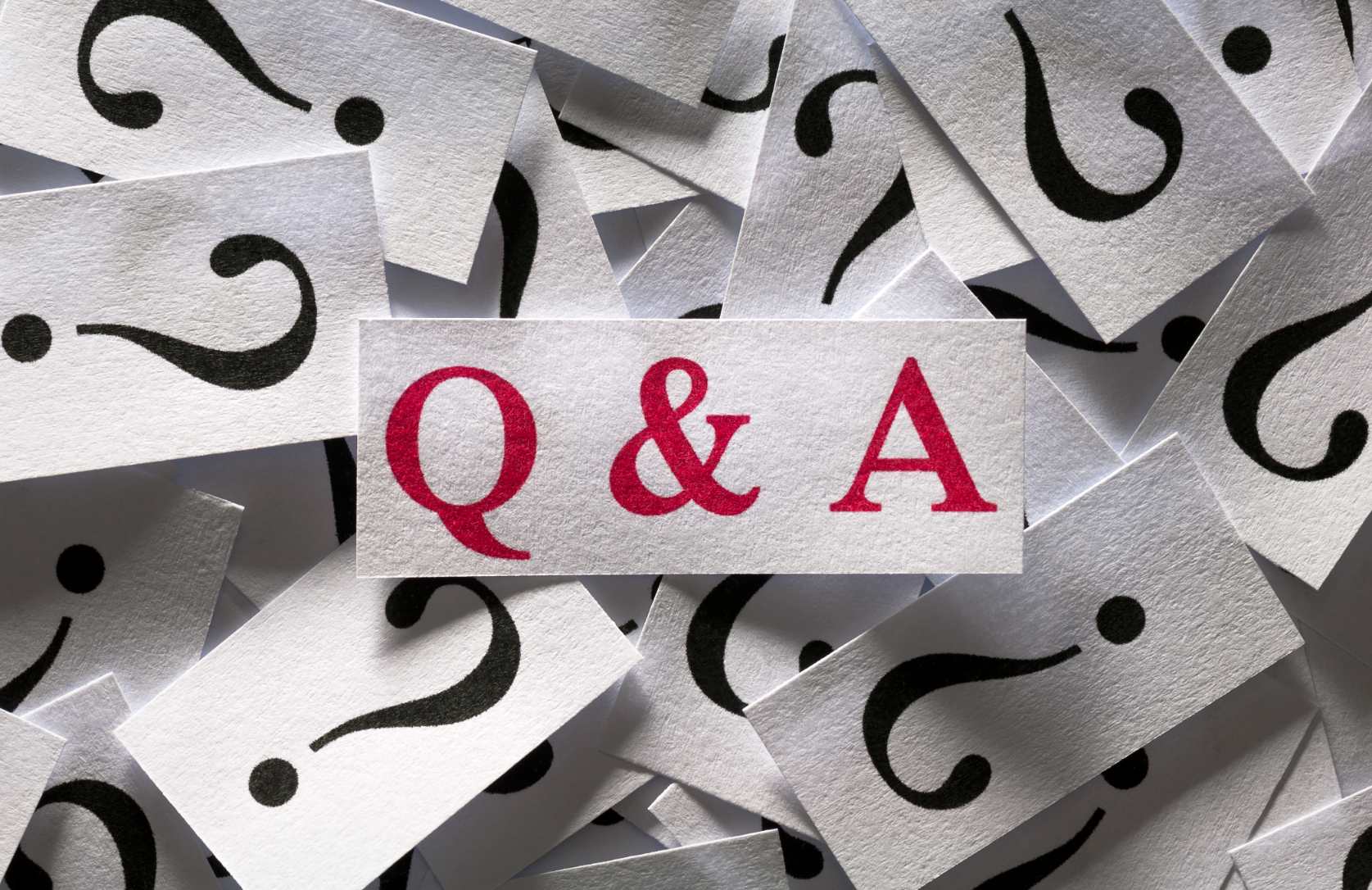Q&A With ITAM Expert Patricia Adams (Pt. 1 of 2)
IT’s role in business is becoming increasingly important. To keep up with the demands of their users, IT teams are supporting more devices and applications than ever before. That’s led to a need to better track the use and performance of those devices in order to keep costs low and service quality high. In order to help companies execute this, Ivanti has created the IT Asset Management / Software Asset Management Attainment Model. It’s a roadmap for organizations to recognize where they’re at in the ITAM / SAM process and how Ivanti can help take them to the next level. The author of the attainment model is Ivanti ITAM Evangelist, and former Gartner analyst, Patricia Adams. Patricia is revealing more about the model and the finer points of IT Asset Management in this, the first installment of a two-part series on the attainment model.
Q: Why is having an ITAM SAM strategy so critical?
A: At a most fundamental level, businesses are comprised of assets. Those assets might be people, products, services, intellectual property, capital assets and of course, technology. No organization would think of letting their assets sit around without being fully utilized, and depreciate, but that is precisely what happens with technology. With new technology constantly being released and organizations looking to gain competitive advantage from it, they can’t let these assets remain unused and not get their money’s worth out of them. Even depreciating assets cost an organization money. In regions or states where there are property taxes, if the technology is still on their financial books, it is costing the organization money.
Q: How many organizations are aware of this?
A: In polling we conducted during a webinar on the ITAM/SAM Attainment model, 36% of attendees indicated that they did not have a comprehensive ITAM/SAM program in place. This can be a huge limiting factor. An effective ITAM/SAM strategy ensures that technology is being optimized, that is not idling in desk drawers, or sitting on a virtual machine instance in a hyperscale data center. As organizations move towards gaining competitive advantage by adopting new technology faster or responding to government regulations, it requires that they know where their data is and if it is secure.
Q: This model has five levels. Where do the majority of organizations fall within the model?
A: Typically, when you ask can organization to rank itself in the model, there may be different opinions based on the individual’s perspective or their roles. Some may be more optimistic of placement based on their vantage point, while others more pessimistic because they feel that progress is slow.? In my experience, there aren’t many mature ITAM/SAM implementations in the market. The majority of organizations tend to be in the lower levels. However, there are certainly situations where a company might be very mature in on facet or area because they outsource it or have spent a lot of due diligence refining that area. For an organization to successfully move from level to level, they will need to dedicate resources and not be persuaded to halt progress. The benefits become even more pronounced with each level.
Q: This model is mainly designed for larger organizations. Is there anything smaller companies can learn from the ITAM/SAM Attainment Model?
A: Absolutely, small organizations can benefit from understanding the direction and benefits at each of the levels. The model isn’t specifically for large orgs, though they tend to have more headcount to allocate toward an ITAM project. They may partially allocate employees from synergistic areas to assist with the program, so this keeps the headcount to asset ratio equalized. Smaller orgs may have resource constraints, however adopting a staged approach will ensure that they aren’t taking on more work than the team can handle. In a 4Q2016 survey conducted by Enterprise Management Associates, it was revealed that 49% of organizations have eight or more discovery sources. When you consider how foundationally accurate discovery is to an ITAM/SAM program, you want to make sure that you have tools that are “fit for purpose”. Trying to maintain and support the processes behind those can create a massive time warp. This leads to staff focusing on tactical problems around inventory accuracy rather than higher-level and more strategic issues that can help them provide value back to the organization. Smaller businesses can learn from the mistakes of larger companies and make themselves more efficient by not replicating those speed bumps. The attainment model can help them identify the areas that will have a strategic impact that they should go after.
Download Patricia’s IT Asset Management / Software Asset Management Attainment Model to discover where your organization ranks and how Ivanti can help you level up. Also, be sure to stay tuned for the second blog post in this series.
Posts in this series:

